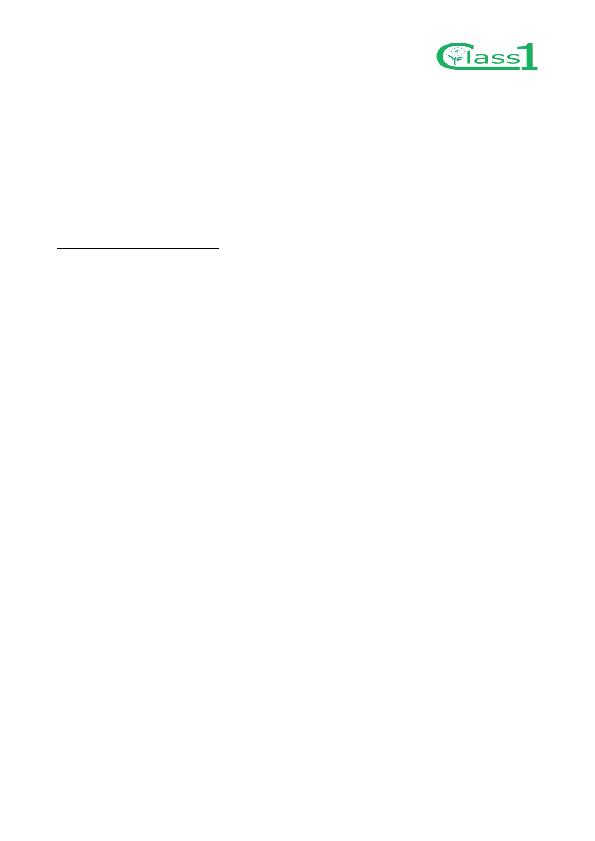
76
Develop more robust and easy-to-use technical installations enabling ordinary occupants to control the
indoor climate and energy consumption as intended in their new relatively technically advanced house,
e.g. by a single/one user-friendly user interface that can communicate with all relevant technical
installations.
Provide good information and communication on how to operate the technical installations, e.g. in the
form of an informative and easy-to-understand user manual and/or support on the internet.
Ensure that occupants can use their house as intended by technical installations being fully operational
from day one, i.a. through quality control during a commissioning process.
Communicate about the houses' energy consumption so that occupants get realistic expectations in
accordance with their family situation and behaviour.
For more information, see paper on
"Occupant Experiences and Satisfaction with New Low-Energy Houses.
10.2. Schools
Investigations in classrooms at Stengårdsskolen, Egedal municipality
- Feb. 2013: Before renovation of the ventilation system
- Jan. 2014: After renovation of the ventilation system
10.2.1. Scope
Investigations have been performed in two classrooms at Stengårdsskolen located in Egedal municipality.
Investigations have been performed in two periods before the ventilation system was renovated
(February 2013) and after the ventilation system was renovated (January 2014). During both periods the
investigations comprised continuous registration of indoor air temperature, relative humidity and CO
2
-
concentration. Registrations were made using programmable data loggers with registration every 5
minutes. Furthermore, the ventilation in the classrooms was measured using passive tracer gas technique,
the so-called PFT technique. Measurements with the PFT technique are performed over a period, and the
result of a measurement is the average ventilation conditions during the measurement period. Finally,
surveys among the students were conducted.
The investigations performed before the ventilation system was renovated were conducted from February
1
st
to February 20
th
2013. The period included a normal working week, from February 4
th
to February 8
th
,
which is reported in this document. The investigations performed after the ventilation system was
renovated were conducted during a normal working week from January 20
st
to January 24
th
2013. For both
periods the passive tracer gas measurements included the preceding weekend.
10.2.2. Results
The results are presented on the following figures and tables. It appears that the indoor conditions
(temperatures, ventilations levels and CO
2
-levels have become more stable after the energy renovation of
the school. On this basis it can be concluded that the control of the ventilation systems seems to be
working as intended.
